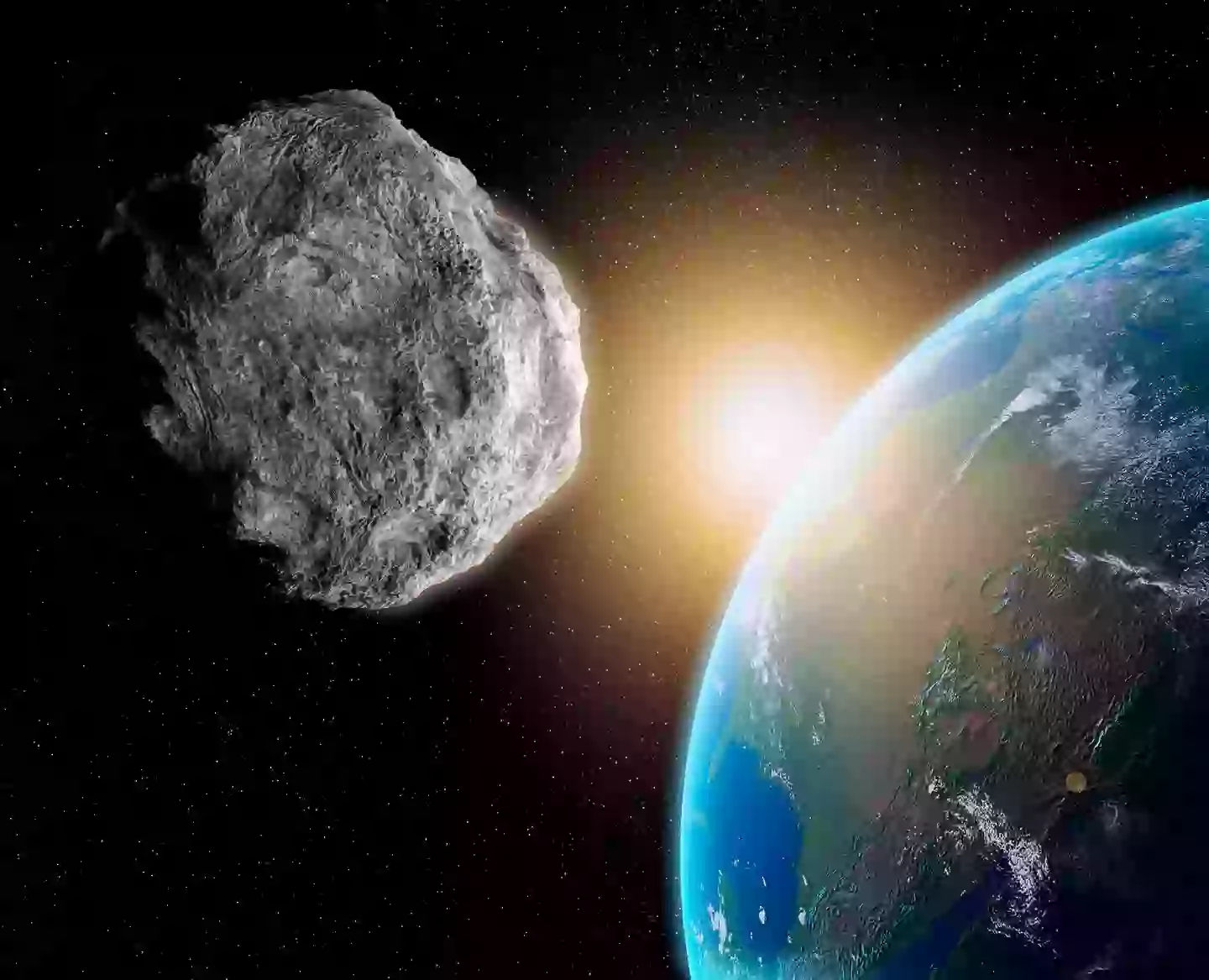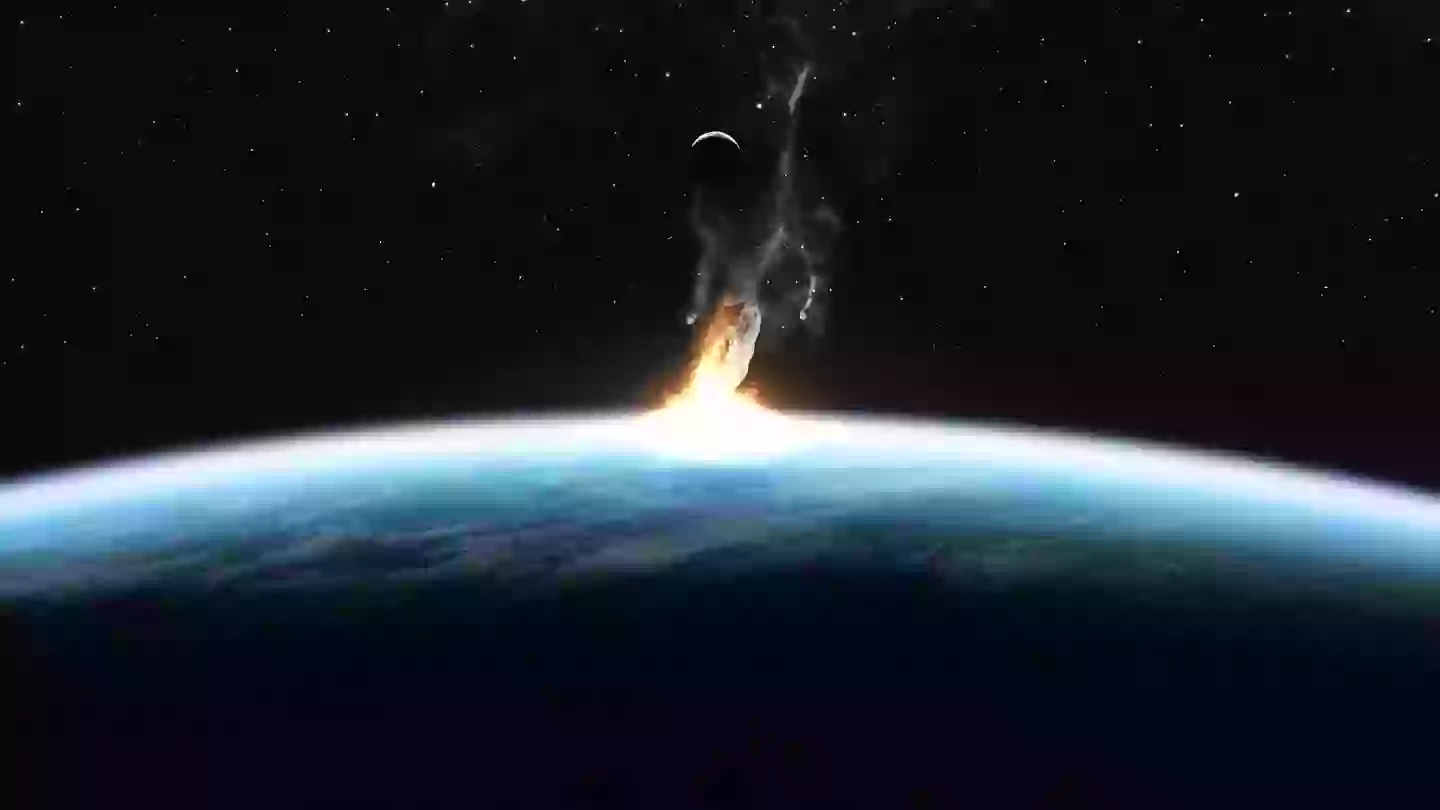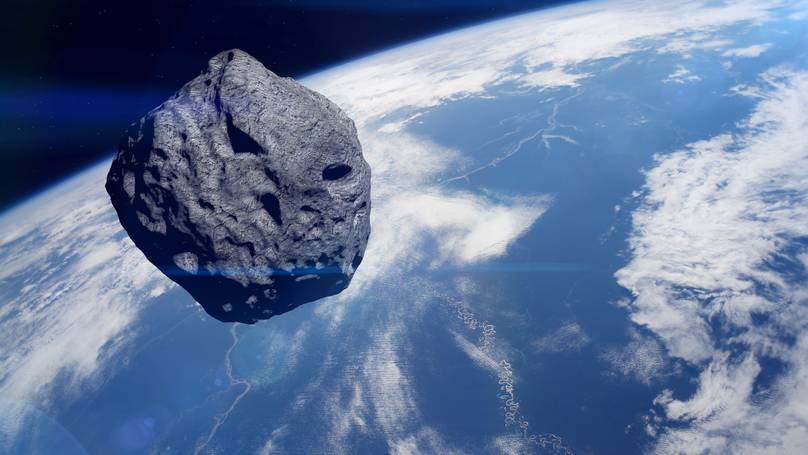“Is the ‘God of Chaos’ Asteroid a Harbinger of Doom? Experts Urge Immediate Attention!”
As we dive into the realm of cosmic threats, it’s hard not to feel a twinge of anxiety mixed with a dash of curiosity. Is there anything quite as thrilling—or terrifying—as the prospect of a ‘city killer’ asteroid heading our way? Well, buckle up, because while NASA’s keeping a watchful eye on the imminent arrival of an asteroid designated 2024 YR4, there’s another celestial body, the ominously named ‘God of Chaos,’ lurking in the shadows, potentially set to crash into Earth even sooner. Yes, you heard that right! This asteroid, named Apophis after the Egyptian deity who thrives on disorder, is significantly larger and has captivated the attention of scientists and astronomers alike. With its near-encounter dates looming in the near future, we can’t help but wonder—are we just a few years away from an extraterrestrial game of dodgeball? Get ready to explore the cosmic intricacies that could unfold when these rocky giants decide to shake things up! LEARN MORE.
While NASA and the world tries its best to understand where and when a ‘city killer’ asteroid known as 2024 YR4 could hit Earth, there’s a chance another big lump of rock in space could crash land on to Earth years before it.
Enter the world of the ‘God of Chaos’ asteroid. And yes, it sounds absolutely terrifying. And while 2024 YR4 is expected to have a small chance of hitting our planet in 2032, its cosmic neighbour is set to offer a small threat to Earth in just four years time.
Known as the ‘God of Chaos’ asteroid, its scientific name is after the Egyptian god of chaos, Apophis. And it is much, much bigger than the newer discovery.
What is the ‘God of Chaos’ Apophis asteroid?
Apophis was first spotted back in 2004 and took scientists by surprise, given that an asteroid of its size coming so close to Earth is quite a rare event.
It’s a big old chunk of rock, too, spanning 450 metres by 170 metres. In comparison, 2024 YR4 is thought to be 40 metres to 100 metres wide, showing how sizeable Apophis is.
After being discovered in space and its trajectory tracked by astronomers, experts believed it had a 2.7 percent of colliding with Earth on 13 April, 2029. Not long now, eh.

The asteroid is named after Apophis, the Egyptian ‘God of Chaos’ (Getty Stock Images)
Will the ‘God of Chaos’ asteroid really hit Earth?
A study from 2024 suggested that the slim chance of it hitting Earth is still a reality.
And it wont be until 2027 that we will be able to fully rule out the devastating collision, with a study from astronomer Paul Wiegert saying it is still possible until we can officially rule it out.
It’s because Apophis is currently hidden from view in space due to how close it is to the Sun. When it comes back in to view in two years time, experts will be able to give its approach to Earth a more accurate, final run down.
Since the initial discovery, Apophis’ chances of hitting Earth have been reduced with estimates that it could safely pass by the planet at a distance of less than 20,000 miles, or 32,000 kilometres.
If that happens, what that could be is close enough to destroy some of the satellite infrastructure essential to running modern society back on Earth.

The chances are it wont hit (Getty Stock Images)
What about the future?
If Apophis doesn’t hit Earth in 2029, which is the more likely outcome, it will head back towards the planet on a number of occasions.
They aren’t for decades, with close shaves expected in 2015, 2066, and 2080.
None of them are expected to hit Earth, which will be music to your ears.



















